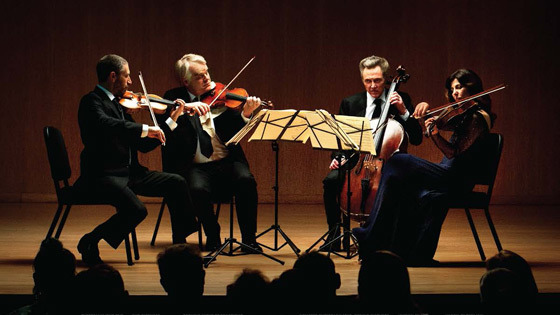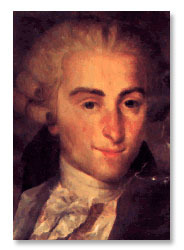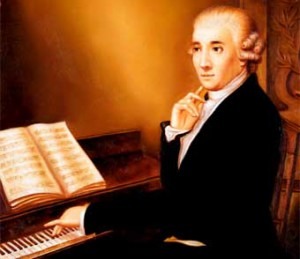
A Late Quartet
Franz Josef Haydn: String Quartet No. 31 in B minor, Op. 33, No. 1
Between 1715 and 1735, Alain-René Lesage published his 4-volume novel L’Histoire de Gil Blas de Santillane (The Adventures of Gil Blas of Santillane). In satirical and humorous detail, the author describes the adventures of a roguish hero of low social standing who manages to outwit a corrupt society. In this case, the highly intelligent son of a stable hand and a chambermaid — after helping robbers and working for decades as a valet — becomes a favorite of the king, secretary to the prime minister and eventually retires in his own castle. This type of novel, termed “picaresque,” from the Spanish word for “rascal,” enjoyed huge popularity in Spain and subsequently in 17th and 18th-Century Europe as well. Even the 19th century took a shine to this unlikely hero, with Théophile Semet and Alphonse Czibulka composing comic operas on the subject in 1860 and 1889, respectively. However, I am not really talking about opera today, but rather about playing the second fiddle.

Giovanni Battista Sammartini

Franz Josef Haydn
As a natural evolution from existing symphonic traditions, Alessandro Scarlatti wrote a set of six works entitled Sonata à Quattro, per due Violini, Violetta, e Violoncello senza Cembalo (Sonata for four instruments: Two violins, viola, and cello without harpsichord.) In these early chamber pieces for string alone, the first violin carried most of the melodic substance, while the cello functioned like the basso continuo. The second fiddle and the viola were invariably relegated to providing musical filler. It was left to Franz Joseph Haydn to fundamentally transform the European musical landscape. Haydn’s first biographer Georg August Griesinger reports that the composer stumbled upon the delicious combination of two violins, viola and cello by sheer accident. “In 1755, a young Joseph Haydn was invited by the Baron Carl von Joseph Edler von Fürnberg to compose music for his private ensemble, consisting of the Baron (1st violin), his pastor (2nd violin), an amateur cellist and Haydn (viola) himself.” The musical results were collectively published as Haydn’s Opus 1 and 2, respectively. Almost 30 years later, Haydn composed a set of six quartets published as Op. 33, that he described as “written in a new and special way.” It was this set of string quartets that finally providing for the complete emancipation of all participating instruments. If somebody tells you today that they are tired of “playing second fiddle” in a string quartet, ask them to change the music or send them straight back to the middle of the 18th century!
